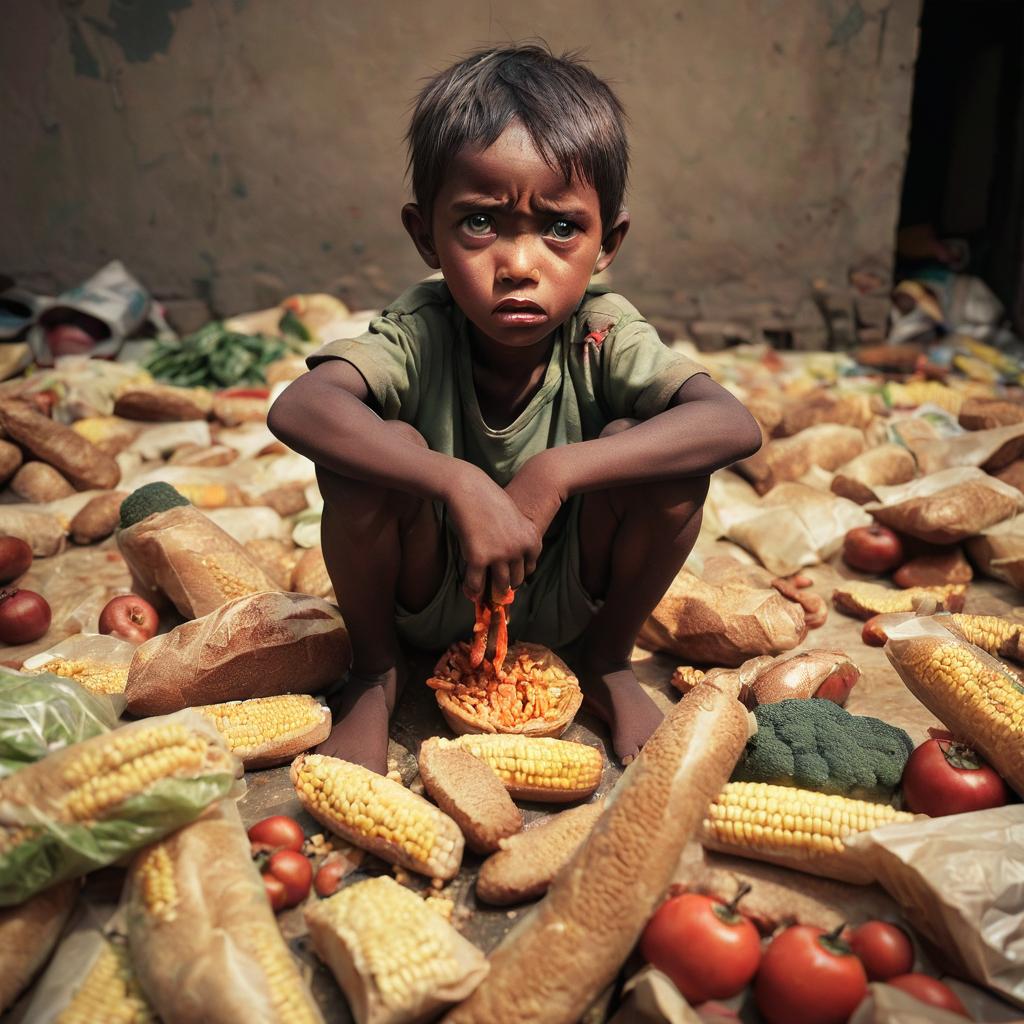Building Resilient Food Systems: Strategies to Combat Acute Hunger

The latest Global Report on Food Crises (GRFC) paints a sobering picture of the persistent crisis of acute hunger affecting millions worldwide. In 2023, nearly 282 million people across 59 countries faced high levels of acute food insecurity, marking a troubling increase of 24 million from the previous year. This rise underscores the urgent need for transformative approaches to tackle the root causes of hunger and break the cycle of food crises.
Children and women bear the brunt of these crises, with over 36 million children under 5 years old suffering from acute malnutrition in 32 countries. Displaced populations, affected by conflict and disasters, are particularly vulnerable to worsening malnutrition.
The Global Network Against Food Crises is calling for comprehensive action that integrates peace, prevention, and development efforts alongside emergency interventions to address the underlying causes of acute hunger. UN Secretary-General António Guterres emphasizes the critical importance of using data to transform food systems and combat food insecurity and malnutrition effectively.
The report highlights that 36 countries have consistently faced acute hunger since 2016, representing 80% of the world’s most hungry populations. Conflict remains a primary driver, affecting 20 countries and nearly 135 million people. The Sudan saw a significant deterioration due to conflict, with 8.6 million more people facing acute food insecurity compared to the previous year.
Extreme weather events are another major driver, impacting 18 countries where over 77 million people faced high levels of food insecurity. Economic shocks, including currency depreciation and high prices, affected 21 countries with approximately 75 million people experiencing acute food insecurity.
To address these challenges, urgent investment is needed to transform food systems, boost agricultural and rural development, and enhance crisis preparedness. Peacebuilding and conflict prevention must be integral to long-term food security strategies to effectively break the cycle of hunger and vulnerability.
Humanitarian operations are stretched thin, and global economic governance must be more equitable and effective to support governments in their efforts to reduce hunger and end food crises. The international community has committed to bold initiatives, but greater coherence and collaboration are needed to ensure tangible impact for those affected by acute food insecurity.
Also Read: Flavorful Culinary Heritage of Navratri, Festival of Nine Nights
In conclusion, addressing acute hunger requires a multi-faceted approach that combines emergency assistance with long-term development strategies and peacebuilding efforts. By working together and investing in sustainable solutions, we can alleviate the suffering of millions and build a more resilient and food-secure future for all.
Q&A
1. What is acute hunger, and why is it a persistent issue in many countries?
Acute hunger refers to a severe lack of food that poses an immediate threat to individuals’ health and survival. It is often driven by factors such as conflict, economic instability, extreme weather events, and displacement, which disrupt food production and access to essential resources.
2. How has the COVID-19 pandemic affected global food insecurity?
The COVID-19 pandemic exacerbated existing food insecurity by disrupting supply chains, limiting access to markets, and causing economic downturns. Millions of people faced heightened food insecurity due to job losses, reduced incomes, and disruptions in food distribution.
3. What are some key drivers of food crises highlighted in the Global Report on Food Crises?
The main drivers of food crises include conflict and insecurity, extreme weather events, and economic shocks. These factors destabilize food systems, exacerbate poverty, and contribute to acute hunger and malnutrition in affected populations.
4. How can peacebuilding and conflict prevention contribute to reducing food insecurity?
Peacebuilding efforts can create stable environments that enable food production, distribution, and access. By addressing root causes of conflict and promoting social cohesion, peacebuilding initiatives contribute to long-term food security and resilience in communities.
5. What role does international collaboration play in addressing global food crises?
International collaboration is essential for coordinating humanitarian responses, mobilizing resources, and implementing long-term development programs. By working together, governments, international organizations, and non-governmental actors can strengthen food security initiatives and support vulnerable populations.
Also Read: 6 Delicious Fasting Recipes for Everyone
6. How can individuals contribute to alleviating food insecurity on a global scale?
Individuals can support efforts to reduce food insecurity by raising awareness, advocating for policies that address underlying causes of hunger, donating to reputable humanitarian organizations, and making sustainable food choices in their own lives.










